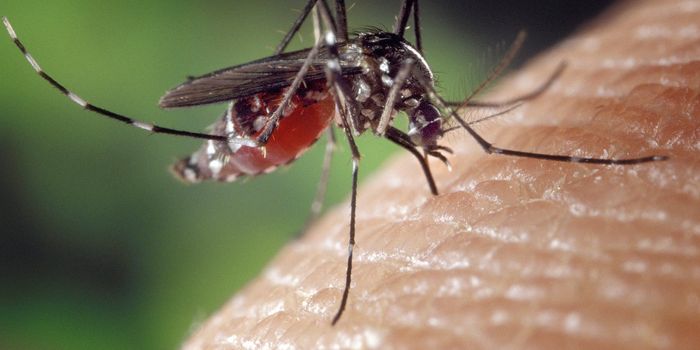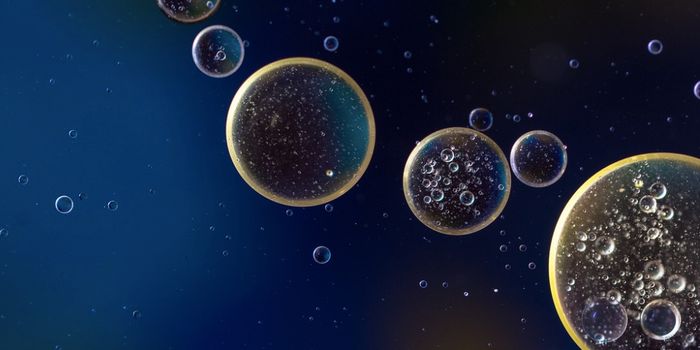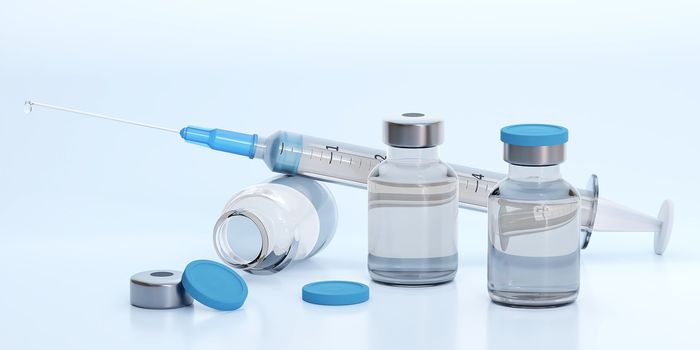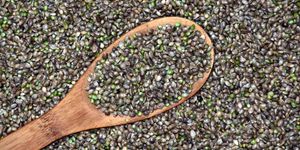Gene That Fuels Antibody Factories Discovered
Antibodies are Y-shaped proteins that play a central role in the immune system’s arsenal of germ-busting weapons. These molecules are of particular interest to scientists as means of fighting back against global health threats such as COVID-19.
According to the University of British Columbia's Josef Penninger, author of a recently-published study uncovering new insights in antibody production, understanding the complex antibody response is the first step in developing clinical interventions to pathogenic attacks. “Antibodies play a fundamental role in medicine, and the antibody-mediated immune response is the ultimate target in the quest for a vaccine to defeat the current pandemic.”
Penninger and team have discovered a gene, called JAGN1, which is a key part of how the body mounts a robust immune shield against foreign invaders like viruses. Antibodies are produced by white blood cells called B cells. Upon coming across substances that B cells deem as threats — chemicals, viruses, allergens, and parasites, for example) — they develop into plasma cells, antibody factories that churn out large quantities of these proteins to neutralize the offending intruder. The scientists discovered that the JAGN1 gene is critical to this process.
Genetically engineering mice to switch off JAGN1 resulted in a dramatic dip in the number of antibodies they could produce following an immune challenge.
“JAGN1 seems to influence the antibody factories in the cells,” said Penninger. “To our surprise, this change in the sugar structure also leads to a better ability of the antibodies to bind to other immune cells and strengthens the defense reaction.”
Just how important JAGN1 in orchestrating our immunological armor was previously demonstrated by Penninger’s team in studies involving individuals with a rare genetic defect called severe congenital neutropenia, in which their JAGN1 gene is mutated. These patients suffer from life-threatening infections due to the low levels of protective white blood cells in their systems.
Sources: Journal of Experimental Medicine, University of British Columbia.









